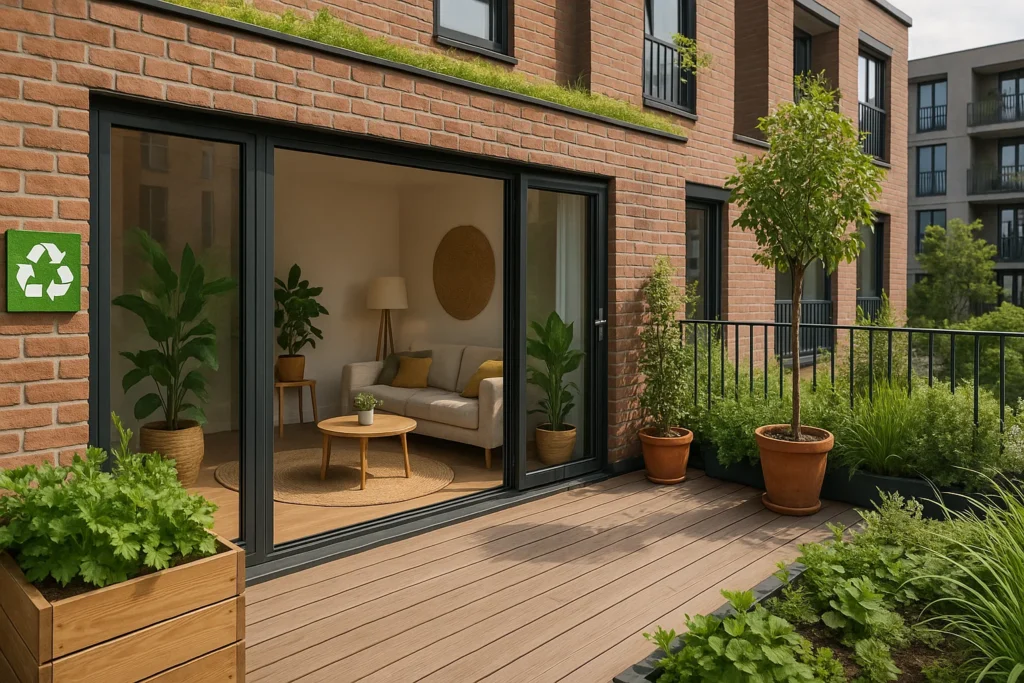
Passive Cooling Architecture Solutions for Sustainable Living
As the world grapples with the challenges of climate change, the focus on sustainable living has never been more critical. One of the most promising approaches to achieving this goal is through passive cooling architecture solutions. These solutions not only help in reducing energy consumption but also enhance indoor comfort. By strategically integrating passive cooling techniques into building designs, we can create environments that are both eco-friendly and cost-efficient.

Understanding Passive Cooling
Passive cooling refers to the use of natural processes to maintain a comfortable indoor temperature. Unlike active cooling systems, which rely on mechanical devices and energy consumption, passive cooling harnesses natural elements like wind, shade, and thermal mass. This approach reduces reliance on air conditioning systems, leading to significant energy savings.
The Science Behind Passive Cooling
The principle of passive cooling is based on the natural flow of heat and air. By designing buildings that leverage these natural elements, we can achieve effective temperature regulation. Key strategies include optimizing building orientation, using reflective materials, and incorporating ventilation systems that facilitate air movement.
Key Strategies for Passive Cooling
Building Orientation and Design
The orientation of a building plays a crucial role in passive cooling. Ideally, buildings should be positioned to maximize exposure to cooling breezes while minimizing direct sunlight. Additionally, architectural elements like overhangs and awnings can provide shade and reduce heat gain.
Natural Ventilation
Effective natural ventilation is essential for passive cooling. By designing windows, doors, and other openings to facilitate cross-ventilation, we can enhance air circulation and maintain a comfortable indoor climate.
Thermal Mass and Insulation
Using materials with high thermal mass, such as concrete and brick, can help regulate indoor temperatures. These materials absorb heat during the day and release it at night, reducing temperature fluctuations. Moreover, proper insulation is crucial in preventing unwanted heat transfer.
Benefits of Passive Cooling Architecture
Implementing passive cooling architecture solutions offers numerous advantages. Not only does it reduce energy consumption, but it also enhances indoor air quality and comfort. Additionally, passive cooling systems have lower maintenance costs compared to traditional HVAC systems.
Environmental Impact
By reducing reliance on energy-intensive cooling systems, passive cooling significantly decreases a building’s carbon footprint. This approach aligns with global sustainability goals and contributes to a healthier planet.
Cost Efficiency
While the initial investment in passive cooling features may be higher, the long-term savings on energy bills and maintenance costs make it a financially viable option. Moreover, government incentives for sustainable building practices can offset some of these initial costs.
Real-World Applications
Across the globe, architects and builders are increasingly adopting passive cooling architecture solutions. Notable examples include the use of traditional cooling techniques in modern designs, such as courtyards and wind towers in Middle Eastern architecture.
Case Studies
Several successful projects have demonstrated the effectiveness of passive cooling. For instance, [this study](https://www.iieta.org/journals/ijsdp/paper/10.18280/ijsdp.190511) highlights the benefits of using natural ventilation and shading in tropical climates.
Challenges and Considerations
Despite its benefits, implementing passive cooling can pose challenges. Factors such as climate, building location, and initial costs must be carefully considered. However, with proper planning and design, these obstacles can be overcome.
Adapting to Different Climates
One of the primary challenges is adapting passive cooling techniques to various climates. What works in a hot, arid region may not be suitable for a cold, temperate climate. Therefore, a tailored approach is essential for success.
Balancing Aesthetics and Functionality
While passive cooling focuses on functionality, it’s crucial to balance it with aesthetic considerations. Architects must design buildings that are not only efficient but also visually appealing.
The Future of Passive Cooling
As technology advances, the potential for passive cooling architecture solutions will continue to grow. Innovations in materials, design techniques, and sustainable practices will shape the future of building design.
Emerging Technologies
New technologies, such as smart materials that respond to environmental changes, hold promise for enhancing passive cooling. These innovations will enable buildings to adapt dynamically to varying conditions.
Integration with Renewable Energy
By combining passive cooling with renewable energy sources, such as solar panels, we can create self-sustaining buildings that minimize environmental impact.
Conclusion
In conclusion, passive cooling architecture solutions offer a sustainable and cost-effective approach to building design. By harnessing natural processes, we can create comfortable and eco-friendly living spaces. As we move towards a more sustainable future, the role of passive cooling in architecture will become increasingly vital.

FAQs
What is passive cooling?
Passive cooling refers to techniques that use natural processes, like ventilation and thermal mass, to cool buildings without relying on mechanical systems.
How does passive cooling benefit the environment?
By reducing energy consumption, passive cooling decreases the carbon footprint of buildings, contributing to environmental sustainability.
Can passive cooling be used in all climates?
While passive cooling can be adapted to various climates, specific techniques must be tailored to the local environment for optimal results.
This article contains affiliate links. We may earn a commission at no extra cost to you.